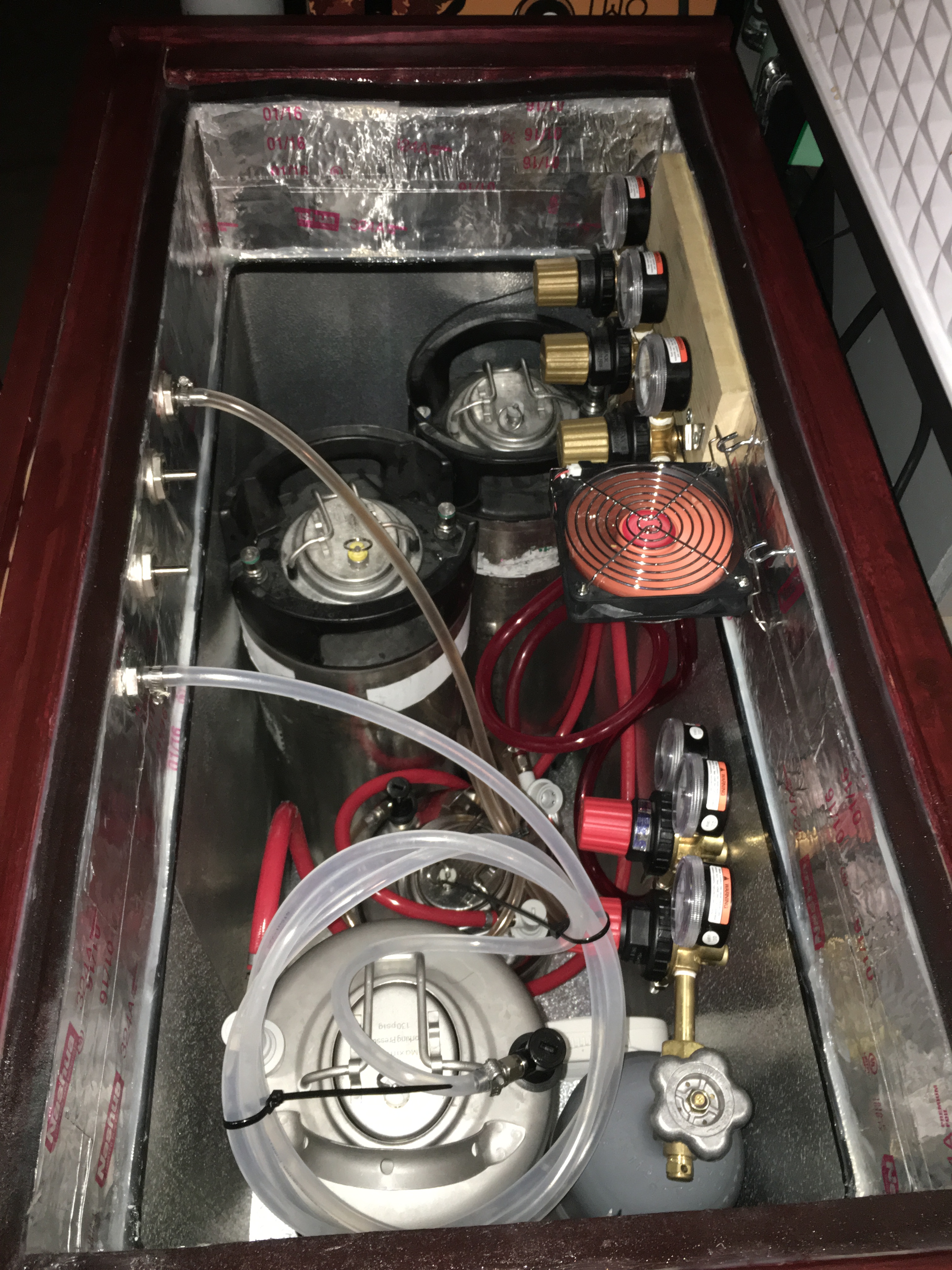I won't tell if you won't. As long as the surface turns whitish as you sand it's hard enough. If it pills up it needs more time.I must admit I cheated and sanded with 400 and applied 2nd coat at 20 hours. Turned out good though. It wasn't tacky at all. I brought it in the house last night.
Yeah and that's fine for most things. There is a difference between a finish done by a guy for someone else, and the finish you want on furniture you made for yourself. Coat then sand is best, but like all things there are shortcuts. I'm not sure how you could sand in between with a three hour wait unless you used drying lamps, so that's gonna be a sub-optimal finish.I watched a vid of a pro putting a bunch of coats on in 3 hour intervals so I figured 20 would be ok.
This is a varnish. Marine varnishes adds things which we do not need, and often contain UV blockers which act like pigment which make them less desirable for interior furniture use. For outdoor furniture it might be appropriate but not for interior.How about Marine Varnish?













![Craft A Brew - Safale S-04 Dry Yeast - Fermentis - English Ale Dry Yeast - For English and American Ales and Hard Apple Ciders - Ingredients for Home Brewing - Beer Making Supplies - [1 Pack]](https://m.media-amazon.com/images/I/41fVGNh6JfL._SL500_.jpg)












































